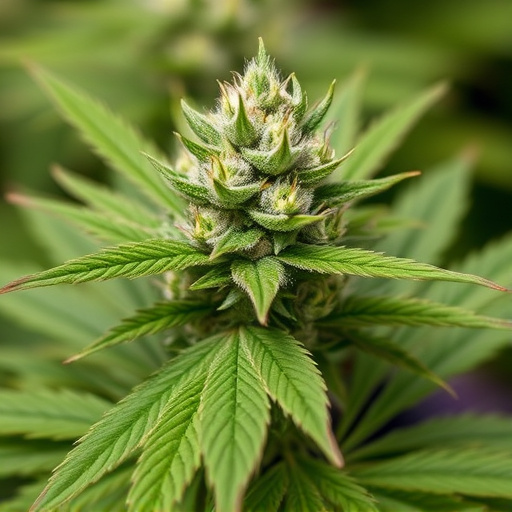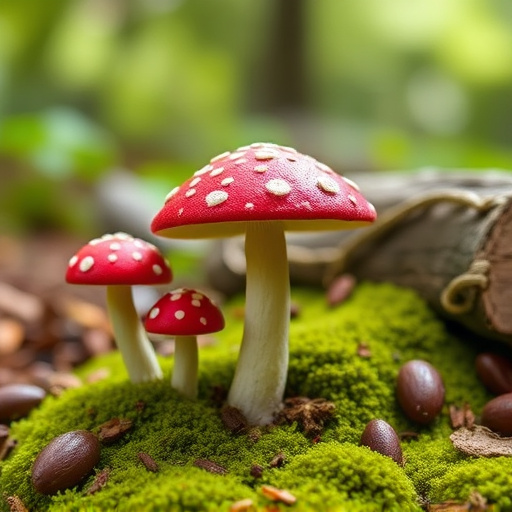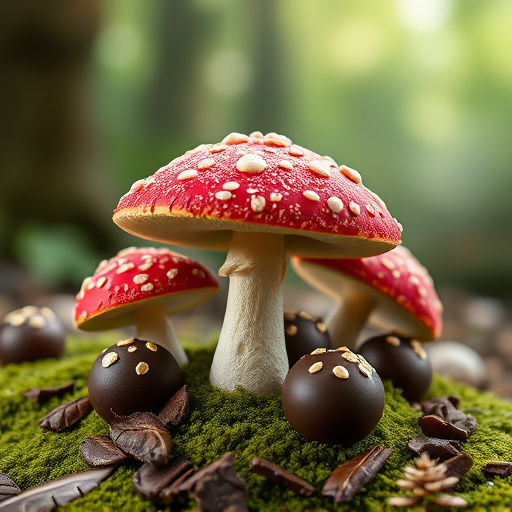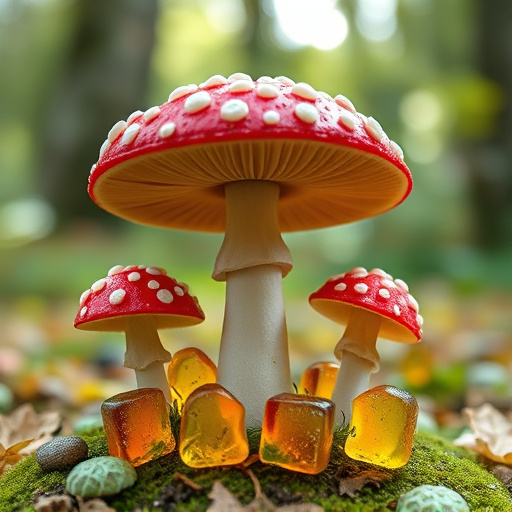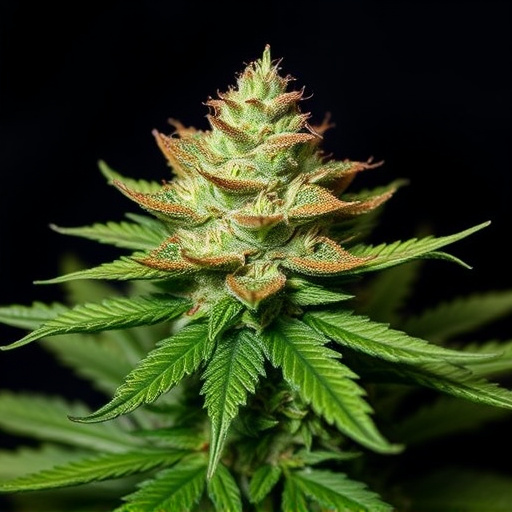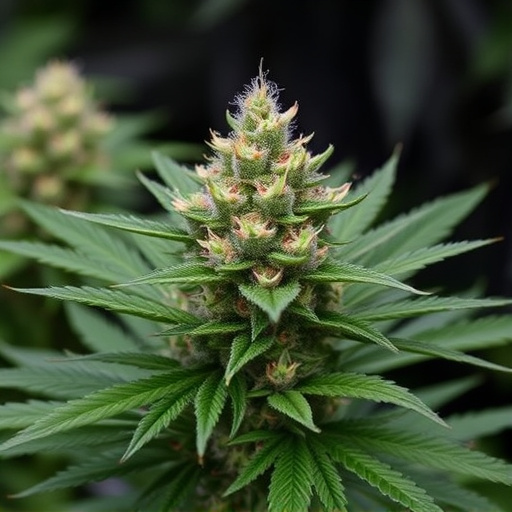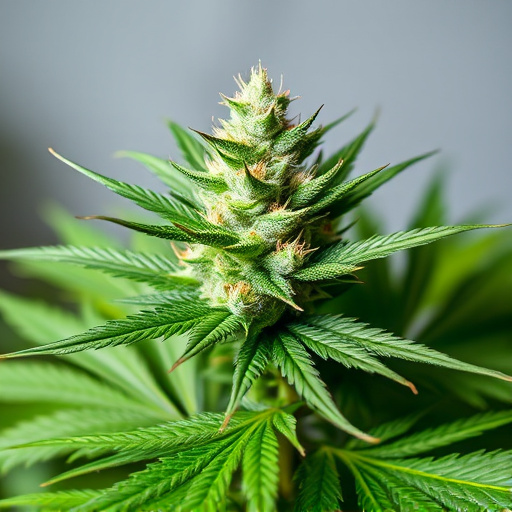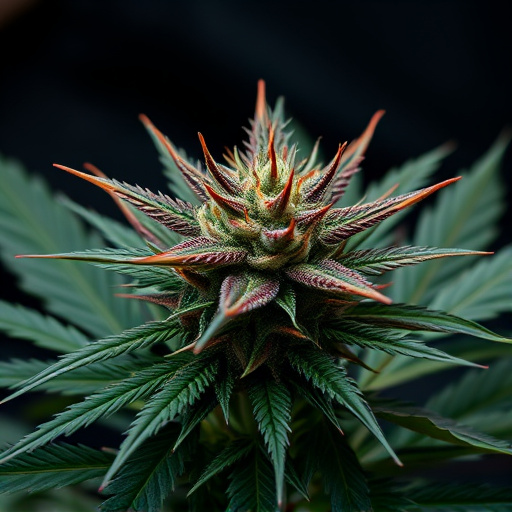This text explores two cannabis cultivation methods: sun-grown (outdoor) and indoor. Sun-grown cannabis, benefiting from natural sunlight, air, and organic environments, produces robust, potent strains known for their unique terpene profiles, rich flavors, and holistic experiences. Indoor cultivation, leveraging advanced techniques like hydroponics, LED lighting, and climate control, enables year-round production of compact, resinous buds with higher THC concentrations favored by modern consumers. While indoor cannabis is often considered superior globally, sun-grown advocates highlight its preservation of natural terpenes. Both methods offer distinct benefits catering to diverse preferences for the best cannabis strains worldwide.
In the dynamic world of cannabis cultivation, a longstanding debate rages between sun-grown and indoor cannabis. This article explores both sides of this equation, delving into the benefits and drawbacks of each method. From the natural approach of sun-grown cannabis to the advanced techniques of indoor cultivation, we dissect the factors that influence quality. Furthermore, we highlight the best cannabis strains from both methods, showcasing the global diversity of this remarkable plant, with a focus on its most sought-after varieties.
- Sun-Grown Cannabis: The Natural Approach
- Indoor Cultivation: Advanced Techniques and Considerations
- Comparing the Best Cannabis Strains from Both Methods
Sun-Grown Cannabis: The Natural Approach
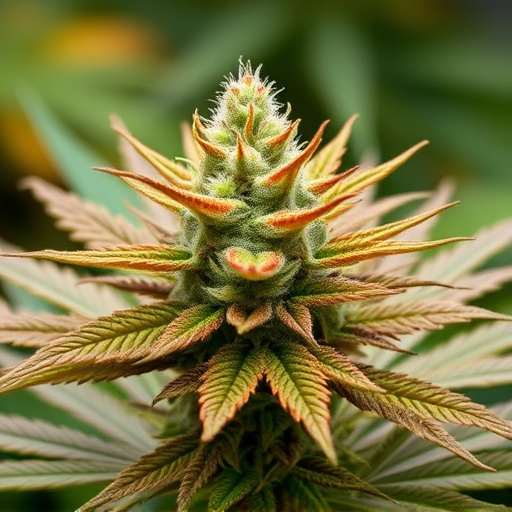
Sun-Grown Cannabis, also known as outdoor cannabis cultivation, is a natural approach that allows plants to grow under direct sunlight. This method is favored by many enthusiasts for its ability to produce robust and potent strains, often considered among the best cannabis strains in the world. By harnessing the power of nature, sun-grown cannabis benefits from fresh air, diverse microclimates, and organic environments, leading to a wide range of terpene profiles and unique flavor notes.
The natural growth process enables plants to develop strong root systems that absorb essential nutrients from the soil, resulting in robust and healthy flowers. This outdoor cultivation also encourages plants to reach their maximum potential size, often yielding larger buds with higher cannabinoid concentrations. As such, sun-grown cannabis is celebrated for its distinct aroma, rich taste, and potent effects, making it a favorite among those seeking authentic and high-quality cannabis experiences.
Indoor Cultivation: Advanced Techniques and Considerations
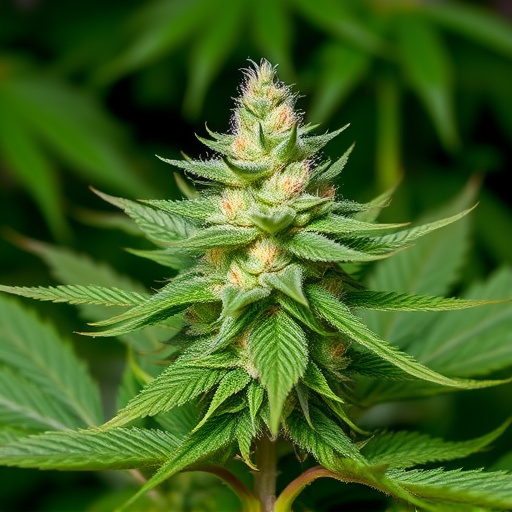
Indoor cultivation has revolutionized the cannabis industry, allowing for year-round production and precise control over growing conditions. This method is particularly appealing to producers aiming to cultivate some of the world’s best cannabis strains consistently. Advanced techniques like hydroponics, LED lighting, and climate-controlled environments enable growers to optimize plant growth and yield. Hydroponic systems, for instance, eliminate soil, ensuring plants receive direct access to nutrients, leading to faster growth rates and higher productivity. LED lighting mimics natural sunlight, providing the ideal spectrum for cannabis plants at different stages of development, thereby reducing energy costs and enhancing cannabinoid production.
Climate control is another critical aspect, allowing growers to maintain specific temperatures and humidity levels tailored to various cannabis strains’ requirements. This precision fosters healthier plants with enhanced terpene profiles, contributing to the overall quality of the final product. Moreover, indoor cultivation offers better protection against pests and diseases, ensuring a more consistent supply of top-tier cannabis products, including some of the best strains globally, accessible to both producers and consumers.
Comparing the Best Cannabis Strains from Both Methods
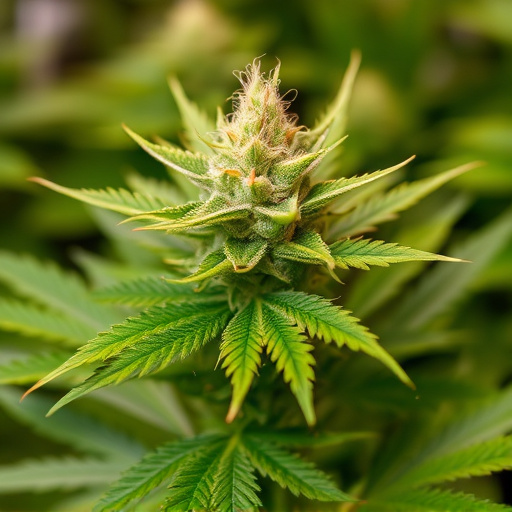
When comparing sun-grown and indoor cannabis, evaluating the best cannabis strains becomes an intriguing task for enthusiasts worldwide. Both cultivation methods have their advocates, each offering unique characteristics that impact flavor, aroma, and effects. Sun-grown cannabis, as the name suggests, thrives outdoors, often in regions with ample sunlight and moderate climates. These plants tend to develop robust, dense buds with a wide range of terpene profiles, contributing to diverse medicinal and recreational experiences.
In contrast, indoor cultivation allows precise control over environmental factors, enabling growers to optimize conditions for specific cannabis strains. Indoor-grown cannabis often produces compact, resinous buds with higher THC concentrations. Many consider the best cannabis strains globally to be those cultivated indoors, offering potent effects, intense flavors, and aromatic profiles that cater to modern consumer preferences. However, sun-grown cannabis advocates argue that outdoor cultivation preserves natural terpenes and provides a more holistic experience, making it a preferred choice for those seeking traditional, organic cannabis.
In the quest for the best cannabis strains, whether opting for sun-grown or indoor cultivation depends on personal preferences and available resources. Sun-grown cannabis offers a natural, outdoor experience with unique flavor profiles and potential health benefits from solar-powered growth. Indoor cultivation, however, provides year-round accessibility, advanced control over environmental factors, and the ability to produce high-quality strains consistent worldwide. Ultimately, both methods contribute to the diverse and ever-evolving landscape of cannabis cultivation, ensuring consumers access to top-tier best cannabis strains in the world.
